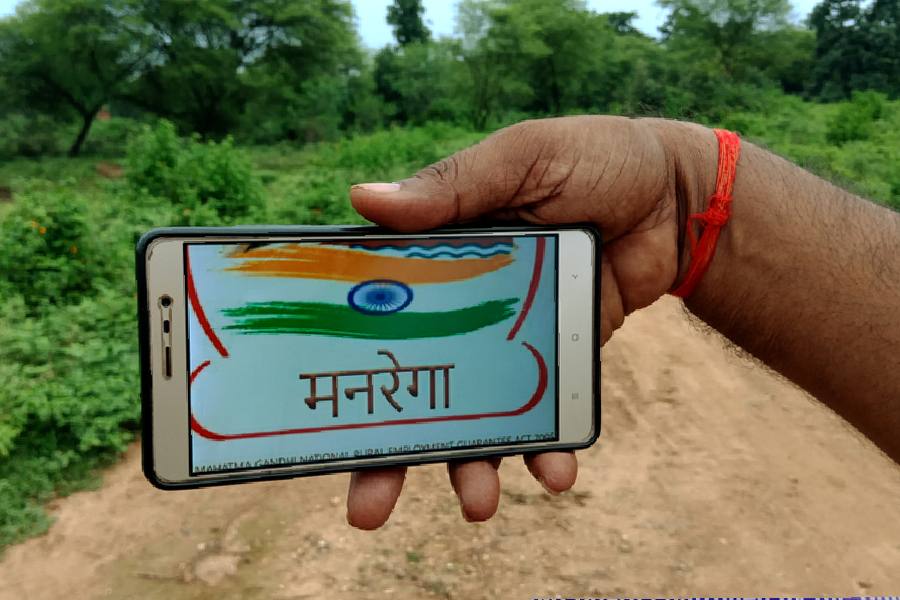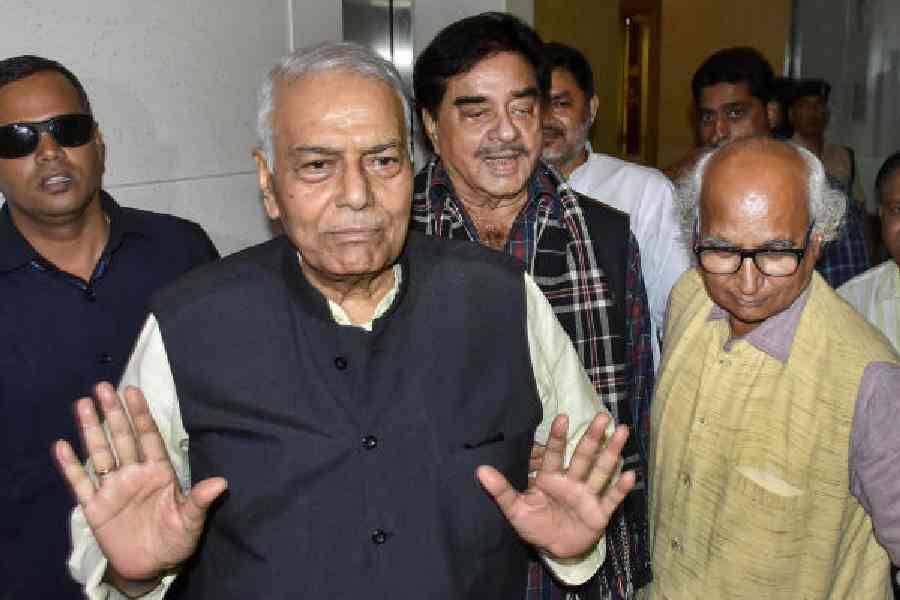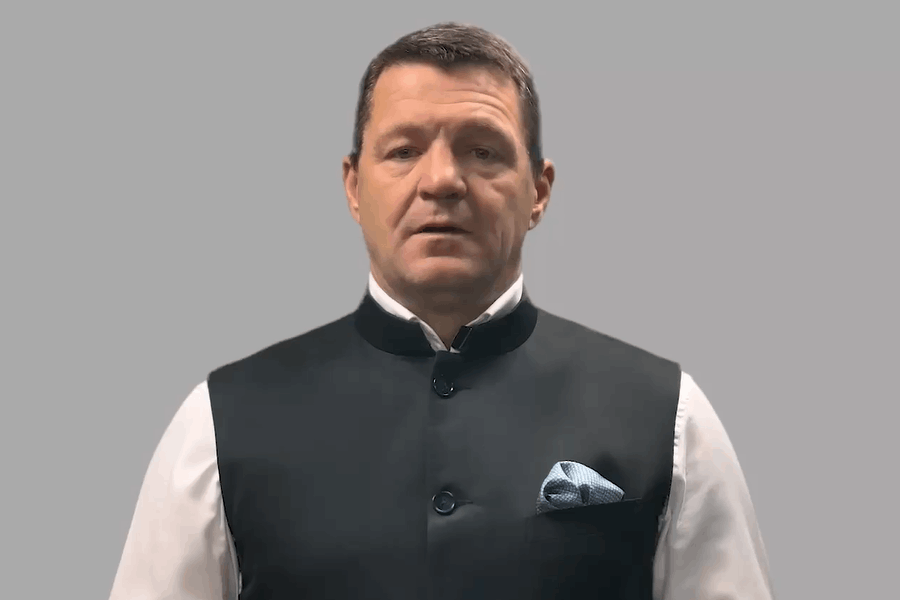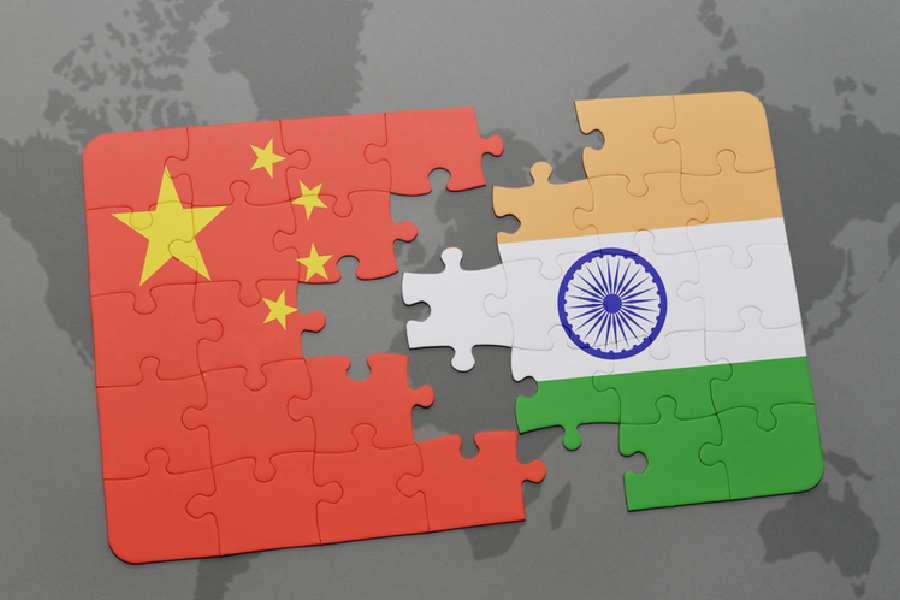 |
On Bakri Id last year, over 1,500 Sunni Muslims in Kandivali, a Mumbai suburb, found that they couldn’t enter their mosque to offer prayers. Some 700 Wahabis, a hardline sect of Sunni Muslims, from neighbouring Pathanwadi had taken over the shrine. The congregation, prevented from entering the mosque, finally offered prayers in a playground that December day.
The incident was the latest example of the growing influence of Wahabis in India. Intelligence agencies say there has been a spurt in the missionary and political activities of Wahabis after 9/11, though the ultra orthodox brand of Islamic faith, practised in Saudi Arabia, has been in existence in India for over a century. Intelligence reports suggest that since Wahabism embraces the ideology of militant jihad, it is pushing a section of Muslim youth towards fundamentalism.
Sarvar Khan, a Sunni Barelvi Muslim from Kandivali, says the loss of their mosque underlines the way the Wahabis are trying to overrun moderate Sunnis. Trouble started at Kandivali when three of the trustees switched to Wahabism. “It is not just the loss of a mosque — what bothers us is the jihadi ideology of the Wahabis,” says Khan.
Like Khan, a majority of India’s Muslims — about 86 million out of 130 million — is Sunni. Most are moderates and many pray at the shrines of Sufi saints, which the Wahabis consider heresy. The fight between the moderates and hardliners has been mostly on the way rituals — births, marriages and burials — are conducted.
Mosques are often the arena where the two sections fight. In recent months, the Wahabis have tried to dominate the Nakhoda and Mohan Bagan mosques in Howrah. They control three mosques at Chimur in Chandrapur in Maharashtra. A fracas broke out recently over the control of a mosque in Nagpur.
“Most of these mosques are in urgent need of repairs. Wahabis donate funds and then persuade some of the trustees into letting them appoint their own imam,” says Mohammad Salim, an official of IMAN Tanzeem, a moderate Islamic organisation.
The wrangle over controlling mosques often leads to violence. At the New Ahbab colony mosque in Nagpur, Salim claims, a group of Wahabis sprinkled red chilli powder on the congregation. “There was a free for all after two Sunni boys were thrashed by the Wahabi group. But we saved the mosque.”
Several followers of Wahabism declined to comment on these incidents, but Aslam Ghazi, Mumbai head of the Jamaat-e-Islami, which disseminates books by the organisation’s founder Maulana Maududi, may represent their position when he says, “We preach and propagate true Islamic values and teachings through peaceful and democratic means. We are involved in the reformation of Muslims. Contemporary Muslims are far away from Islamic rituals, teachings and faith.”
But the security agencies are concerned. According to intelligence reports, after Pakistan’s defeat in the Bangladesh war in 1971, then Premier Z.A. Bhutto used the Kashmir branch of the Jamait-e-Islami Pakistan to infiltrate the state’s madarsas with Wahabi ideology. Pakistani President Zia-ul-Haq is said to have sent Wahabi jihadis to Kashmir to fuel its separatist movement.
Only a minuscule section of Wahabis is drawn towards terrorism, however. Says an observer, “Some Wahabis are and will be terrorists. But the overwhelming section has nothing to do with terrorism.” Still, the debate consuming Indian intelligence agencies is whether they can combat terrorism by countering Wahabi ideology. Al-Qaida and Lashkar-e-Taiba, the terrorist outfit that allegedly masterminded the November Mumbai attacks, are said to draw inspiration from Wahabism.
“If we have to seriously root out terrorism, we have to root out Wahabism. They are interlinked,” argues Saed Noori, who runs the Raza Academy, a Muslim rights and educational body in Mumbai.
Not everyone agrees that a link exists. B. Raman, a former intelligence official and now director of the Institute for Topical Studies, Chennai, doesn’t believe there is a “direct” link between Wahabism and terrorism. “But there is an attempt at spreading Wahabism through funding from Saudi Arabia,” he says. “You can see the response to their drive everywhere. More Muslim youths in Chennai don’t wear contemporary clothes; more women are wearing burkhas in colleges.
Bohra reformist Asghar Ali Engineer too doesn’t agree that Wahabi radicalism leads to extremism. “Among the Wahabis, the Deobands (followers of the Deoband seminary in UP) contributed to Indian nationalism right from the 19th century. They stood by the Congress and opposed the Muslim League. Though they have differences with other Sunnis, the extremism that we see today is a reaction to what is happening around us. The debate about terrorism only talks of Islamic fundamentalism. In India, the extremist policies of the Hindutvavadis have contributed to terrorism.”
Still, Wahabis have a firm grip on most of India’s madarsas. Shabeeb Rizvi, a professor at Rizvi College in Mumbai, points out that in 1947, the Indian subcontinent had 150 madarsas. “Today, there are more than 45,000 madarsas with over one million students. Most of them are Wahabi with Saudi funding. Wahabis believe that Muslims who do not subscribe to their ideas are to be purged. I really believe that the growing influence of Wahabi groups in India may lead to major strife in the future.”
Moderate Muslims are alive to the threat posed to their way of life by Wahabis. IMAN Tanzeem head Mohammad Hamid Engineer says that many major Sunni organisations, such as the Wakf Board and the All Indian Muslim Personal Law Board, are now dominated by Wahabis. “I am sure that over a period of time the dargahs will cease to exist and will be replaced by Wahabi mosques,” he says.
When a clean-shaven Muslim was not allowed to offer prayers in a Deoband mosque in Saharanpur, leading to clashes late last year, Sultan Shahin, editor of newageIslam.com, said: “The Wahabi onslaught on Sunni Indian Muslims is now acquiring overtones of Talibani extremism and violence.”
Still, there are not too many apologists for the way Wahabis are pressing forward with radicalisation. Tele-evangelist Zakir Naik, a Wahabi, preaches orthodoxy on his channel Peace TV. Naik also runs the Islamic Research Foundation, which is described as a religious learning resource centre by the website of the Jamaat ud Dawa, Lashkara-e-Taiba’s parent body.
Peace TV is beamed to 60 countries. Last December, the information and broadcasting ministry confirmed in response to information sought under the RTI Act that the channel neither had permission to uplink from India nor downlink in India.
Most moderate Muslims are deeply uncomfortable with the growing influence of Wahabis. They feel that the spread of the Wahabi ideal of radicalism needs to be checked — for the good of the community and the country. Intelligence agencies could not agree more.
GLOSSARY
WAHABISM: Saudi Arabia’s dominant faith is an austere form of Sunni Islam that was started by Muhammad ibn Abd-al-Wahhab, an 18th century scholar. Its explosive growth began in the 1970s when Saudi charities started funding Wahabi schools and mosques.
SUNNI MUSLIMS: There are two groups of Sunnis — those from the Ahle-Sunnat who believe in Sufism and others who draw ideological in spiration from Wahabi groups.
SHIAS: The Shiites, who comprise 20 per cent of the Muslim world, broke off from mainstream Islam after the death of the Prophet on the issue of his successor.










